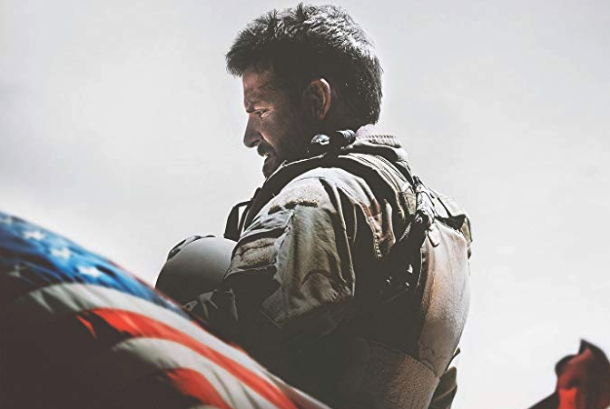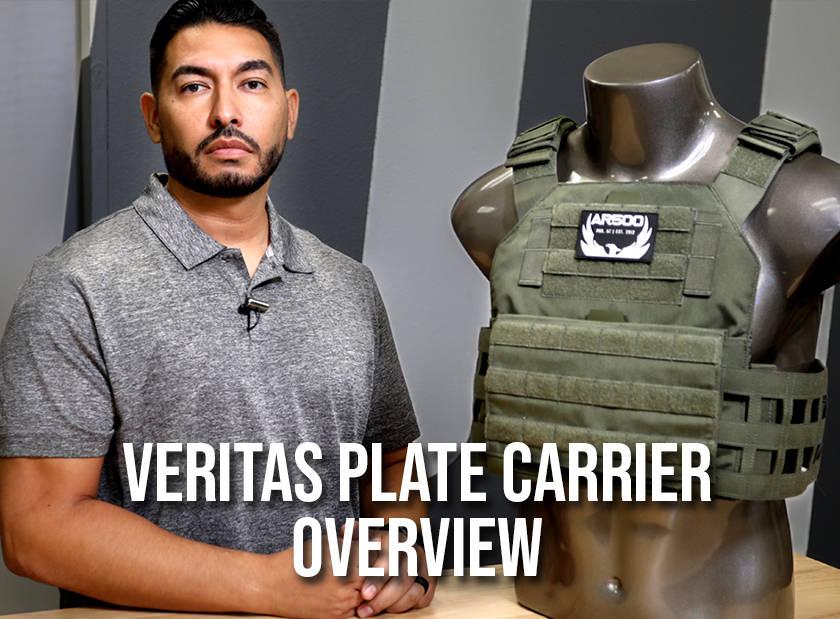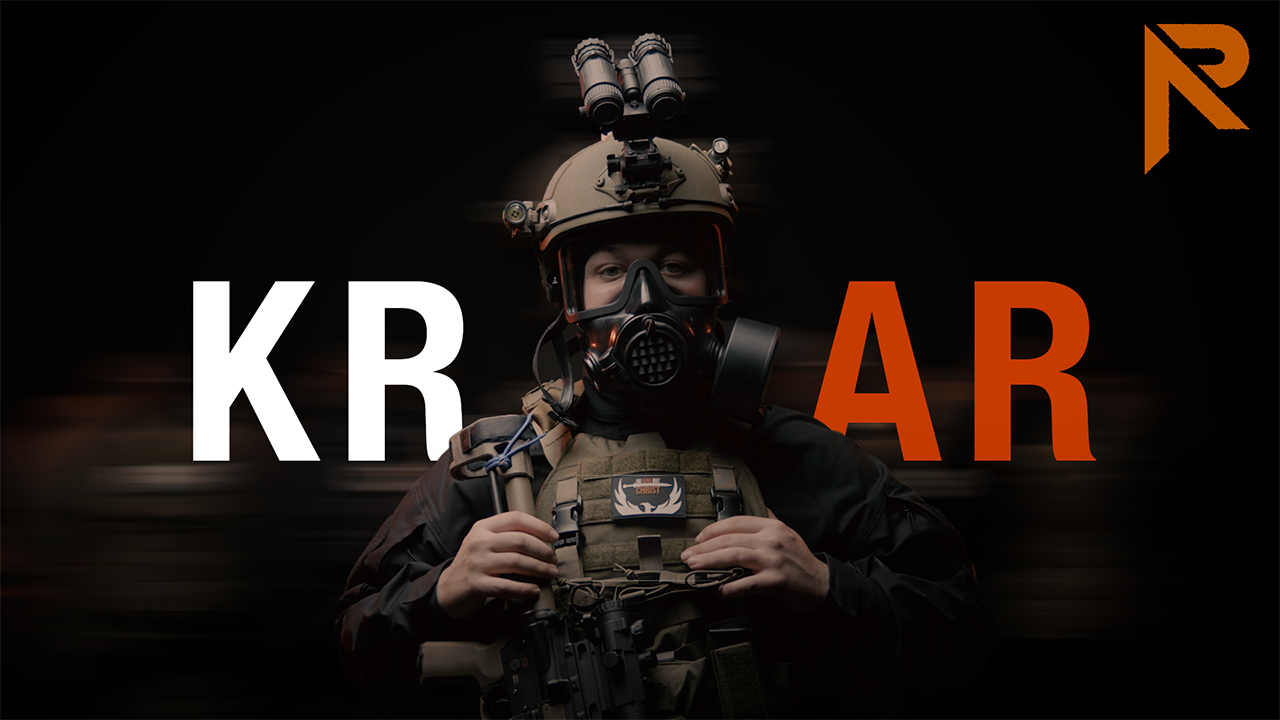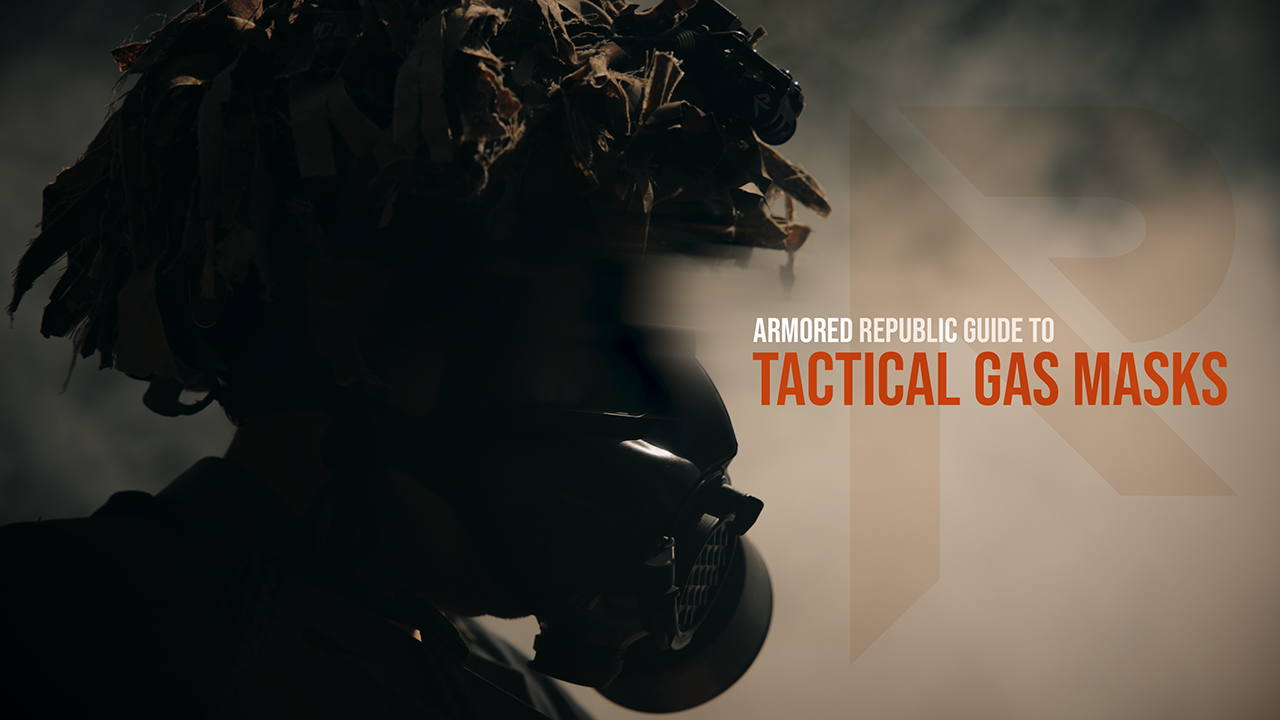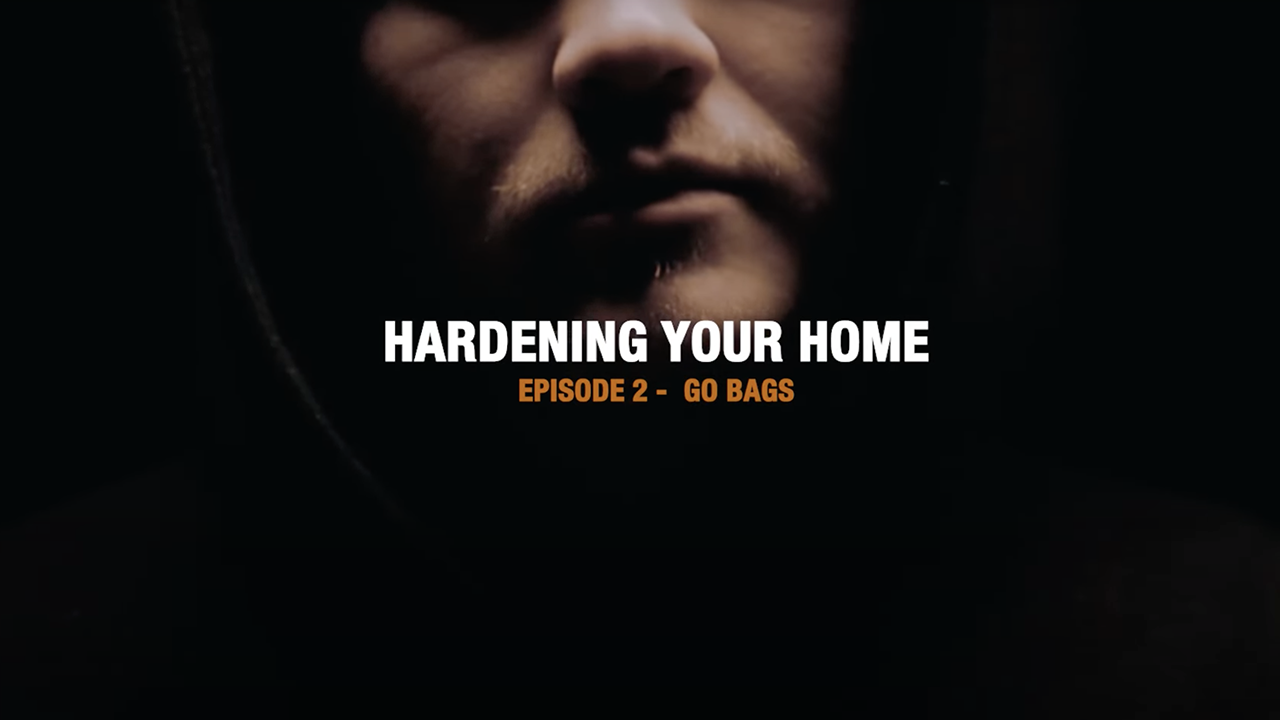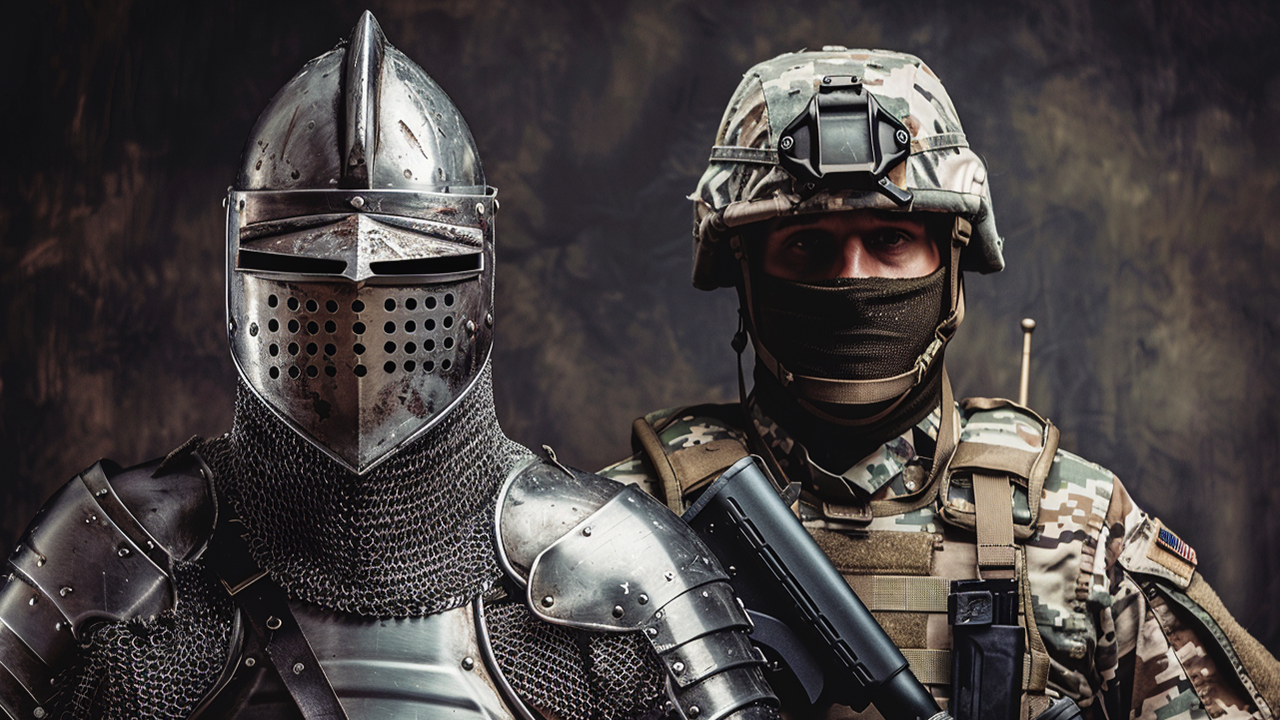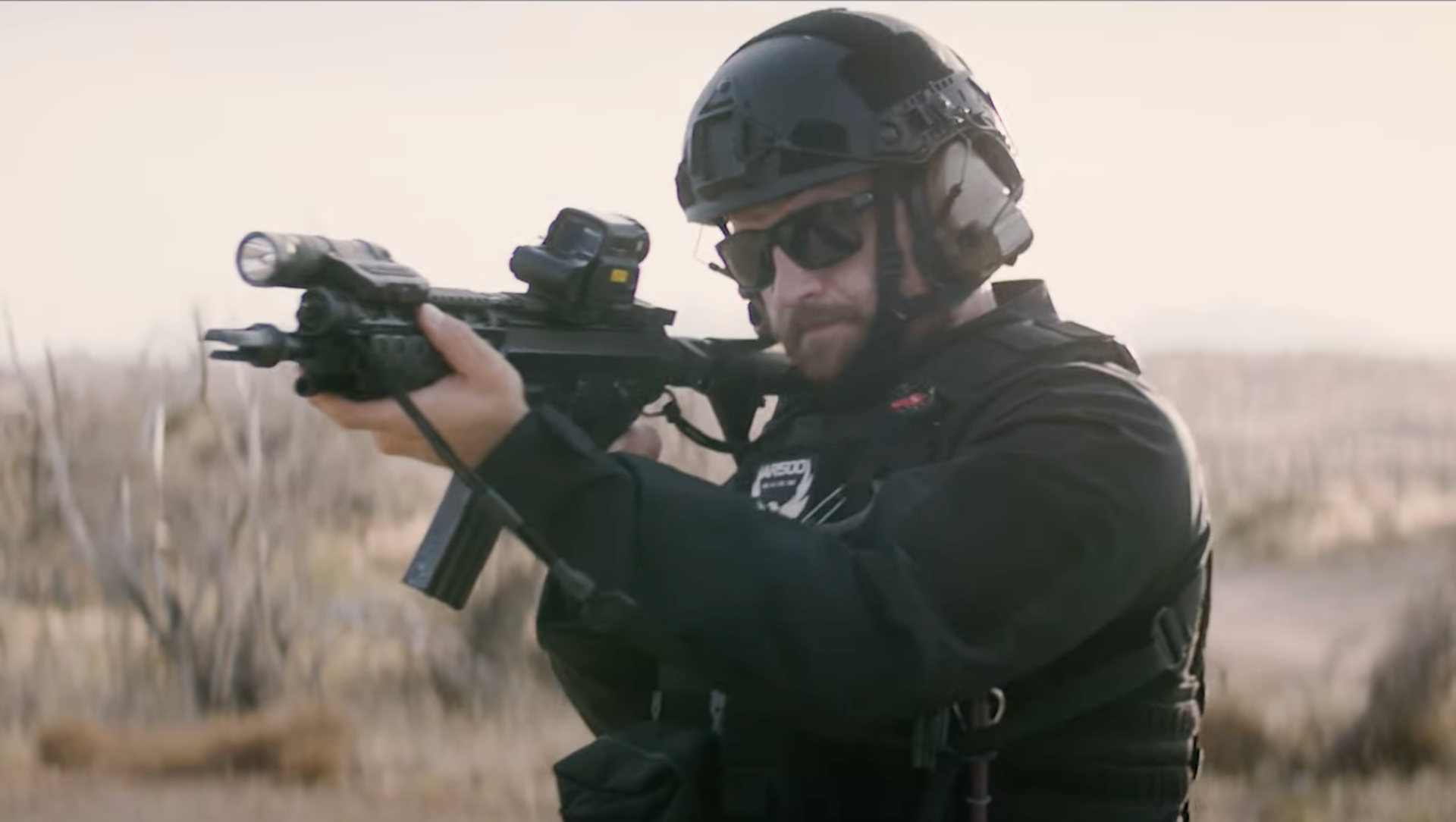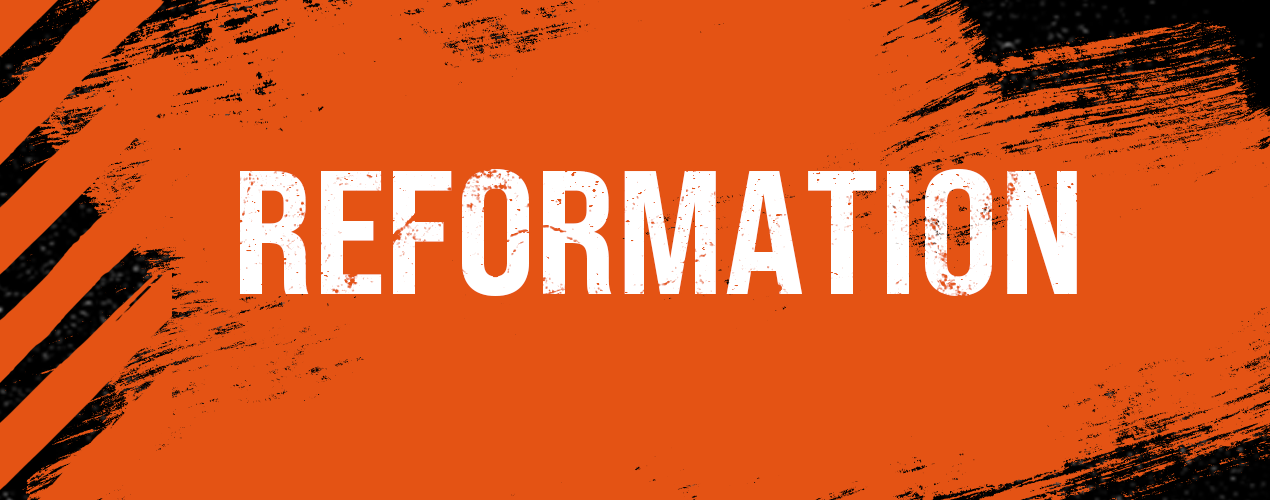History of the Second Amendment
- Feb 27, 2020
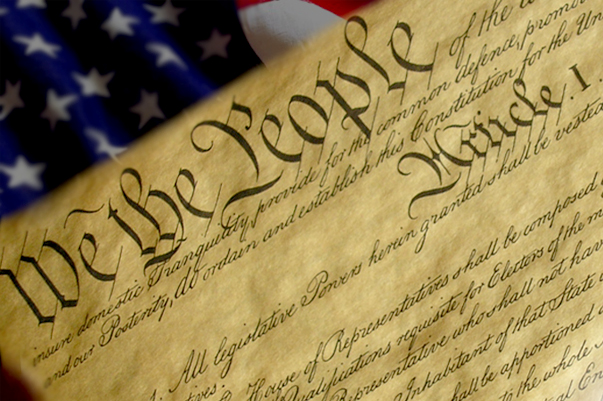
In this two-part series, we’ll look at the Second Amendment and its history, including laws restricting gun ownership and court cases that affirmed its status as an individual, not collective, right.
“A well regulated Militia, being necessary to the security of a free State, the right of the people to keep and bear Arms, shall not be infringed.”
Since the adoption of these 27 words in 1791, it could be argued that no other constitutional amendment has been as violated at the local, state, and federal levels as the Second Amendment has been.
Written during a period in our history where guns were part-and-parcel to existing in the new country, people who wish to disarm Americans say it is antiquated and the modern National Guard fulfills the “militia” element. At the same time, constitutional originalists argue the ‘militia’ is all able-bodied citizens, and because the rest of the Bill of Rights (except for 9 and 10) dealt with individual rights of the People, the Second Amendment must as well.
How the Second Amendment came about
The origins of the Second Amendment are pretty straightforward; the country had just come out of the Revolutionary War and needed a new government.
One of the reasons the war actually started was the British attempt to seize militia arms at Lexington and Concord, the Founding Fathers and several of the new states wanted assurances their ability to resist tyranny would never be infringed.
Since militias were comprised of residents of the states, and the states controlled their militias, the Second Amendment was designed to specifically prevent federal authorities from infringing on the People’s ability to fight an authoritarian regime. Although the amendment sought to prevent the newly formed federal government from overstepping, the framers didn’t include any language that would enjoin state or local governments from doing so.
Historical restrictions on the Second Amendment
Thus, most historical restrictions on gun ownership came at the local and state levels. While the first actual Second Amendment case to get to the Supreme Court didn’t happen until United States v. Miller in 1939, cases such as Dred Scott, Cruickshank, and Presser upheld restrictions against federal infringement, and affirmed the Second Amendment was an individual right, though to the detriment of the slaves and freed slaves involved in these cases.
Colonial America had its share of gun control laws, too:
- Required heads of households (including women) own guns and that all able-bodied men enroll in the militia and carry personal firearms
- Prohibitions against the sale of guns to Native Americans (though colonists frequently ignored this)
- Banning indentured servants (mainly the Irish) and slaves from owning guns
- Exemption for a variety of professions from the requirement to own guns, including doctors, school masters, lawyers, and millers
- Regulating the storage of gunpowder in homes
- Banning loaded guns in Boston houses
- Mandating participation in formal gathering of troops and door-to-door surveys about guns owned
Although the Second Amendment has been argued to be an individual right, it wasn’t a concept applied to the slave or former slave population. Much of our nation’s past gun control laws were enacted to prevent certain races or ethnic groups from owning weapons, as historian Clayton Cramer outlines. In fact, two of the largest states in the US passed gun control laws that were targeted toward certain ethnic groups.

State and Local Firearm Regulation
New York passed The Sullivan Act in 1911, which requires licenses for New Yorkers to possess firearms small enough to be concealed. Private possession of such firearms without a license was a misdemeanor, and carrying them in public was a felony. Whether this was part of the law's intent, it was passed on a wave of anti-immigrant and anti-Italian rhetoric as a measure to disarm an alleged criminal element.
In 1967, California passed the the Mulford Act, repealing a law permitting public carrying of loaded firearms. Signed into law by then-governor Ronald Reagan, the bill was crafted in response to members of the Black Panther Party who were lawfully conducting armed patrols of Oakland neighborhoods.
Not all of our history’s gun control laws were geared toward disarming specific groups of people, however. During the Old West, many cities such as the frontier towns of Tombstone and Dodge City had laws prohibiting the carry of firearms in town limits, or the carry of concealed firearms (since only criminals carried concealed weapons). Much of the regulation was a result of young men, drunk and armed, getting into personal confrontations.
Federal Firearm Restrictions
At the federal level, there have been several laws passed that placed regulations and restrictions on firearms ownership:
- National Firearms Act of 1934 - Because banning guns would have run afoul of the Second Amendment, the NFA created a registry and tax-structure for the ownership of machine guns, suppressors, and short-barreled rifles and shotguns.
- Gun Control Act of 1968 - Created the Federal Firearms License system, banned mail-order firearms, and set up required markings for firearms made for resale, imposed restrictions on firearms imported into the United States.
- Assault Weapon Ban of 1989 - President George HW Bush ordered the reinterpretation of import language, which banned the importation of foreign-made, semi-automatic rifles deemed not to have "a legitimate sporting use." (no link available)
- Brady Act of 1993 - An addition to the GCA 1968, the Brady Act created a background check system which required licensed sellers to inspect the criminal history background of prospective gun purchasers.
- Assault Weapon Ban of 1994 - A prohibition on the manufacture for civilian use of certain semi-automatic firearms that were defined as assault weapons as well as certain ammunition magazines that were defined as "large capacity.” The National Institute of Justice put together a study on the AWB’s effectiveness at preventing crime, finding that the results were, at best, mixed.
- Lautenberg Amendment to the Brady Act of 1993 - The act bans shipment, transport, possession, ownership, and use of guns or ammunition by individuals convicted of misdemeanor domestic violence, or who are under a restraining (protection) order for domestic abuse.
In part 2 of this topic, we’ll look at Supreme Court cases that had affected Second Amendment interpretation over the years.

